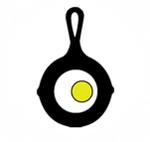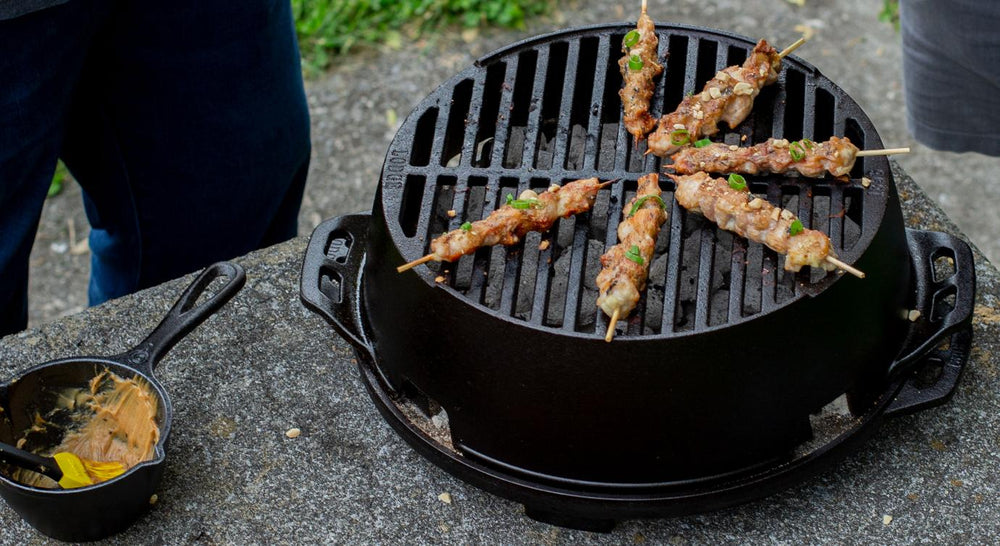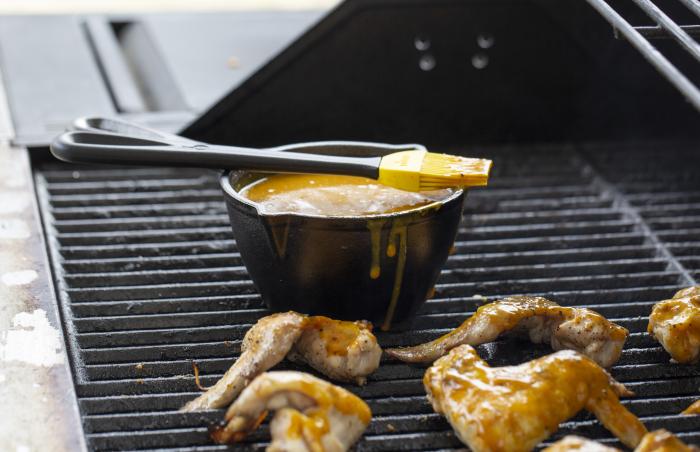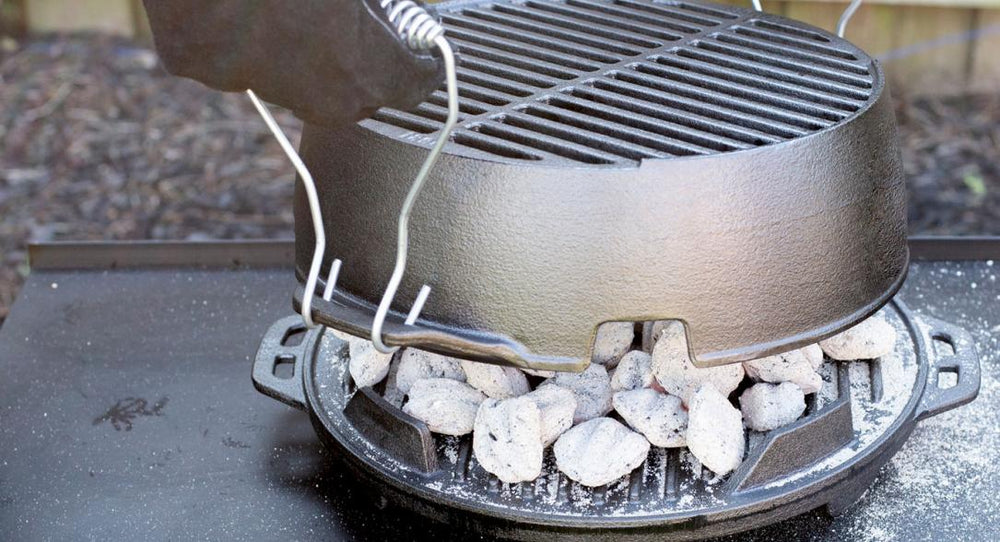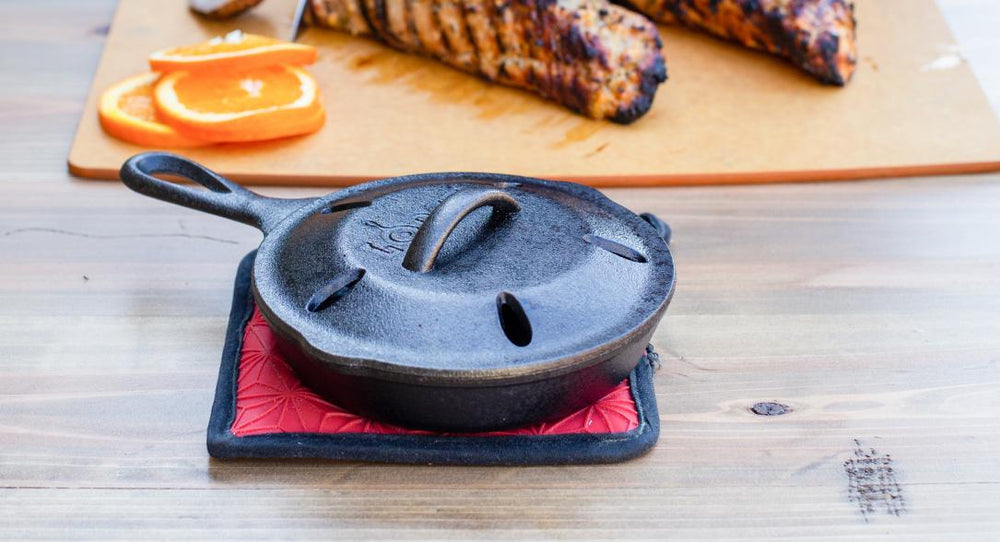How Many Coals to Use When Cooking with a Camp Dutch Oven
It can be tricky to know just how many coals you should use when cooking with a camp dutch oven. Factors like temperature, location, and weather can increase or decrease the number of coals you’ll need to keep your dutch oven at the right temperature. We’ve got your questions covered so you can get back to enjoying time around the fire.
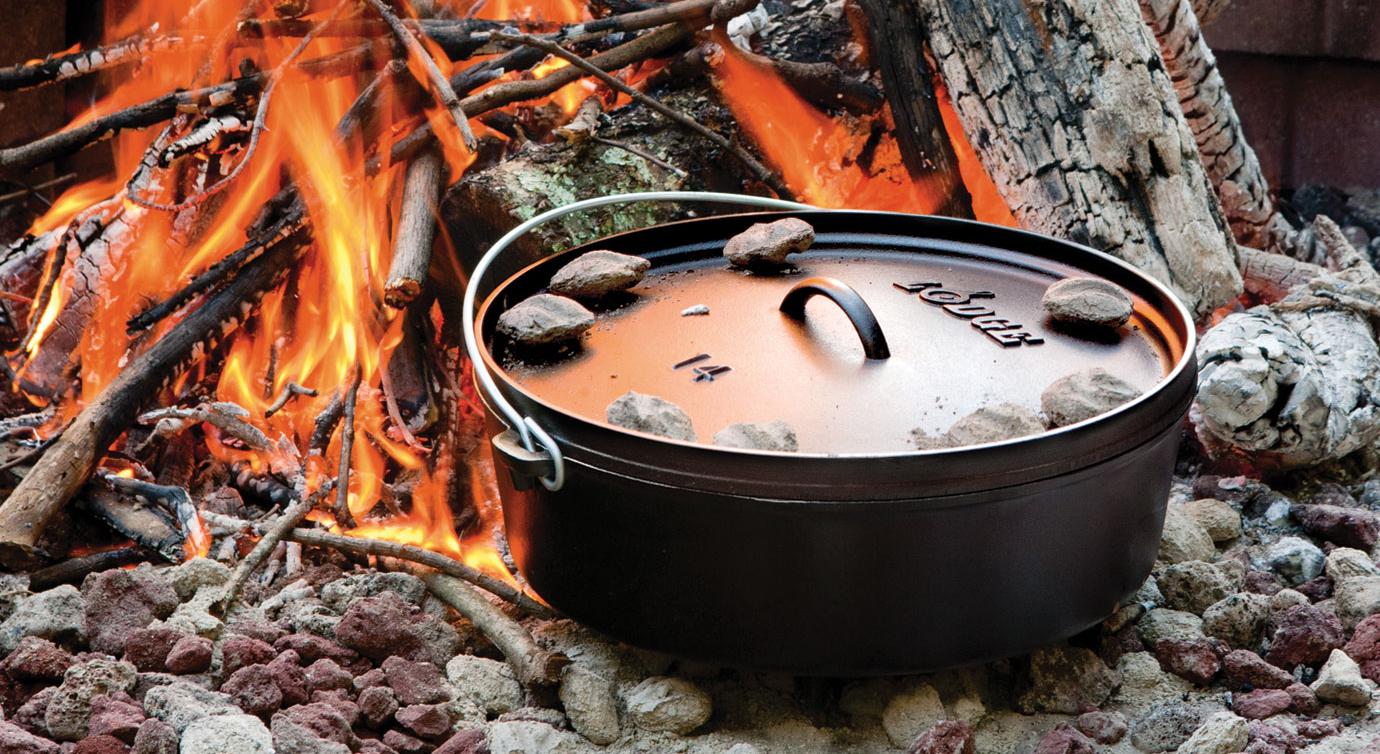
How many coals should I use when cooking with a camp dutch oven?
There are many factors to take into account when cooking outside in a camp dutch oven. When and where you cook can affect the way your CDO cooks. Cooler weather, higher humidity, and elevation can all affect your temperature and cook times. Direct sunlight can heat your seasoned cast iron cookware even if it isn’t that hot outside. Elevation above 3000 feet – The boiling point of water decreases at higher altitudes. Generally, cook times must be increased to adjust for the lower boiling point. Temperatures should also be increased by about 25° F.
Charcoal Chart:
Use this chart to determine how many coals you will need to maintain a given temperature. The top number is how many coals you need to place on the lid. The bottom number is how many coals you need to place underneath the camp dutch oven.
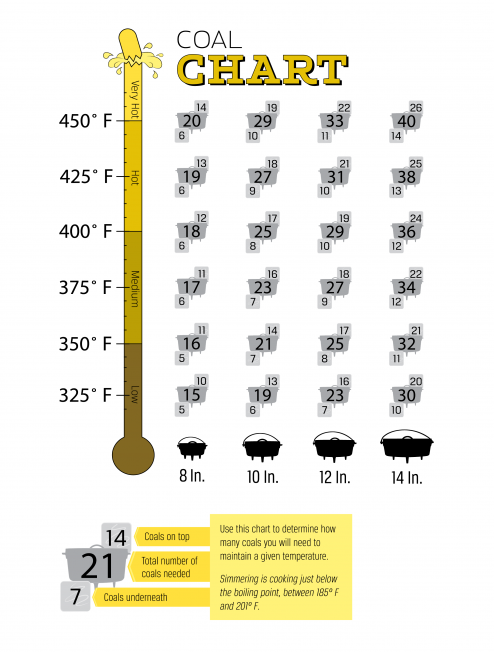
Does what I’m cooking affect the number of coals I should use?
Location, location, location! When you’re cooking with a camp dutch oven, charcoal placement is critical. For baking we recommend a 3:1 ratio of coals on the top and bottom of your cookware. You’re punching your baked goods with heat from the top, while ensuring evenness underneath. When roasting in your CDO, use a ratio of 1:1. You’re hitting it with the same amount of heat all around. Boiling, stewing, and frying should be done from the bottom up—no need to add coals to the lid.
What’s the difference between coals and briquettes?
Briquettes are manufactured using wood and wood byproducts and are compressed with additives that help offer consistent burn rates and temperatures. They tend to burn longer and are cheaper than lump coals. Briquettes can produce a chemical smell that can sometimes affect the flavor of your food. Lump charcoal is unprocessed wood that is burned or charred. Lump coals typically burn hotter and faster than briquettes. It is more expensive and is seen as the more natural of the two types of fuel.
What’s the best way to light the coals?
If you’re using wood, get the fire going 30 to 45 minutes before starting. To get cooking faster, You can use a chimney starter, paper, and a match which takes less time to heat the coals. If you’re using briquettes, ignite them 15 to 20 minutes before they are needed.
How should I arrange the coals?
Arrange the coals by placing them under the oven in a circular pattern so they are at least ½ inch inside the oven’s edge. On the lid, arrange the coals in a checkerboard pattern. Don’t bunch the coals—this can cause hot spots that will burn food or damage the oven. To prevent hot spot problems in cooking, lift and rotate the oven a quarter turn every 10 to 15 minutes, and then rotate the lid a quarter turn in the opposite direction.
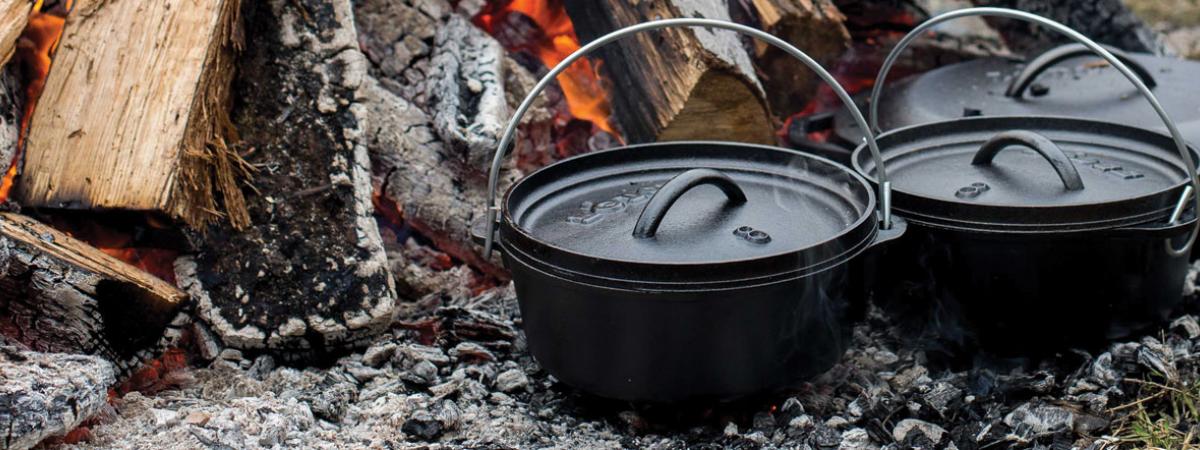
Do you have any cooking tips?
Check your food occasionally to ensure that it’s not burning, cooking too fast, or not cooking fast enough. Be careful when removing the lid because you don’t want ashes to fall into the dutch oven. If necessary, you can add or remove coals proportionately on the top and bottom. We also like to pack an instant read thermometer to check for doneness as we cook.
